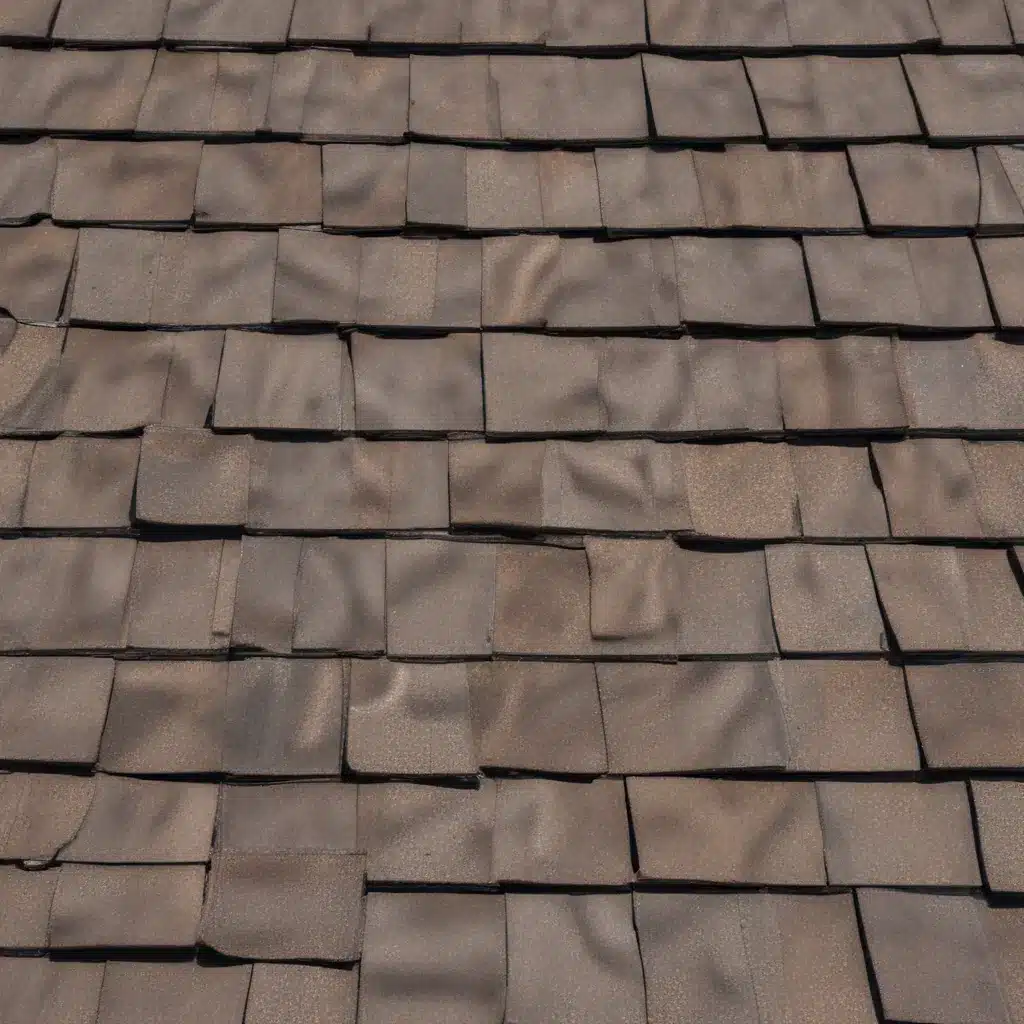
As a seasoned roofing professional, I’ve seen countless roofing projects over the years. One component that is often overlooked, yet plays a critical role in the overall performance and longevity of a roof, is the roof underlayment. Choosing the right underlayment for your roofing system can make all the difference in protecting your home from the elements and ensuring your roof investment lasts for years to come.
Importance of Roof Underlayment
Roof underlayment is the layer of material installed directly over the roof deck, beneath the visible roofing materials such as shingles, tiles, or metal panels. Its primary purpose is to provide an additional barrier against water intrusion, serving as the first line of defense against rain, snow, and ice. Without a properly installed underlayment, your roof is vulnerable to leaks, moisture damage, and potential structural issues.
Underlayment also plays a role in insulation, helping to regulate temperature and improve energy efficiency. It can create a more level surface for the primary roofing materials, facilitating a smoother installation. Additionally, underlayment acts as a sound barrier, dampening noise from rain, hail, and other weather conditions.
Types of Roof Underlayment
There are three main types of roof underlayment to consider:
-
Asphalt-Saturated Felt: Also known as “tar paper,” this is one of the oldest and most commonly used underlayment materials. Felt underlayment is composed of an organic paper or mat that has been fully saturated with asphalt, providing a water-resistant barrier.
-
Synthetic Underlayment: Synthetic underlayments are made from a variety of polymers, such as polyethylene or polypropylene, woven or spun together to create a durable, tear-resistant barrier. These modern materials offer improved performance over traditional felt.
-
Ice and Water Shield: Also referred to as “self-adhering membrane” or “rubberized asphalt,” this specialized underlayment is designed to provide enhanced protection in areas prone to water buildup, such as eaves, valleys, and around roof penetrations. These self-adhesive products create a waterproof seal to prevent leaks.
Factors in Selecting Roof Underlayment
When choosing the right underlayment for your roofing system, there are several key factors to consider:
Climate and Weather Considerations
The local climate and weather patterns in your region can significantly impact the type of underlayment you’ll need. In areas with high precipitation, heavy snowfall, or extreme temperature fluctuations, a more robust underlayment like an ice and water shield may be necessary to prevent moisture intrusion and ensure long-term performance.
Roofing Material Compatibility
The type of roofing material you’ve selected – whether it’s asphalt shingles, metal panels, or tile – will also influence the appropriate underlayment choice. Some underlayment products are better suited for specific roofing systems, so be sure to consult with your roofing contractor to ensure compatibility.
Roof Slope and Pitch
The slope and pitch of your roof can also dictate the type of underlayment required. Low-slope roofs, generally defined as those with a pitch less than 4:12, may necessitate a self-adhering membrane or synthetic underlayment to provide enhanced water resistance. Steeper-slope roofs, on the other hand, can often utilize traditional felt underlayment.
Building Code Requirements
It’s important to research and comply with any local building code regulations regarding roof underlayment. Some jurisdictions may have specific requirements or preferences based on environmental factors or energy efficiency standards. Your roofing contractor should be well-versed in these guidelines.
Cost and Installation Considerations
Naturally, the cost of the underlayment material and the labor required for installation are also important factors to consider. While synthetic and self-adhering underlayments may be more expensive upfront, their improved durability and longer lifespan can often justify the investment. Proper installation is crucial, regardless of the underlayment type, to ensure optimal performance.
Roof Underlayment Installation Best Practices
Proper installation of the roof underlayment is critical to its effectiveness. This includes ensuring the underlayment is installed with the correct overlap between layers, securely fastened to the roof deck, and properly sealed around roof penetrations and edges. Following the manufacturer’s instructions is essential to maintaining the warranty and ensuring long-term protection.
Roof Underlayment Maintenance and Repair
Even the best-installed roof underlayment can eventually show signs of wear and tear. Regular inspections, particularly after major weather events, can help identify any damage or areas that require attention. Addressing issues like leaks, tears, or deterioration in a timely manner can help extend the life of your underlayment and prevent more extensive and costly repairs down the line.
Eco-Friendly and Energy-Efficient Roof Underlayment Options
As homeowners and contractors become increasingly conscious of sustainability and energy efficiency, the roofing industry has responded with a range of eco-friendly underlayment options. These may include underlayments made from recycled or sustainable materials, as well as products that offer enhanced thermal and moisture management properties to improve a roof’s overall energy performance.
Professional Installation vs. DIY Considerations
While some homeowners may be tempted to tackle the underlayment installation as a DIY project, it’s generally recommended to have a professional roofing contractor handle this critical component of the roofing system. Proper safety precautions, specialized tools, and expertise in ensuring a watertight installation are essential to avoid potential issues. Additionally, professional installation may be required to maintain any applicable warranties.
In conclusion, the roof underlayment is a crucial, yet often overlooked, element of a roofing system. By understanding the various types of underlayment, the factors that influence the selection process, and best practices for installation and maintenance, you can ensure your roof provides reliable protection for your home for years to come. If you’re in the El Cajon area and need assistance with your roofing project, be sure to visit Roofers El Cajon to learn more about their expert services.

